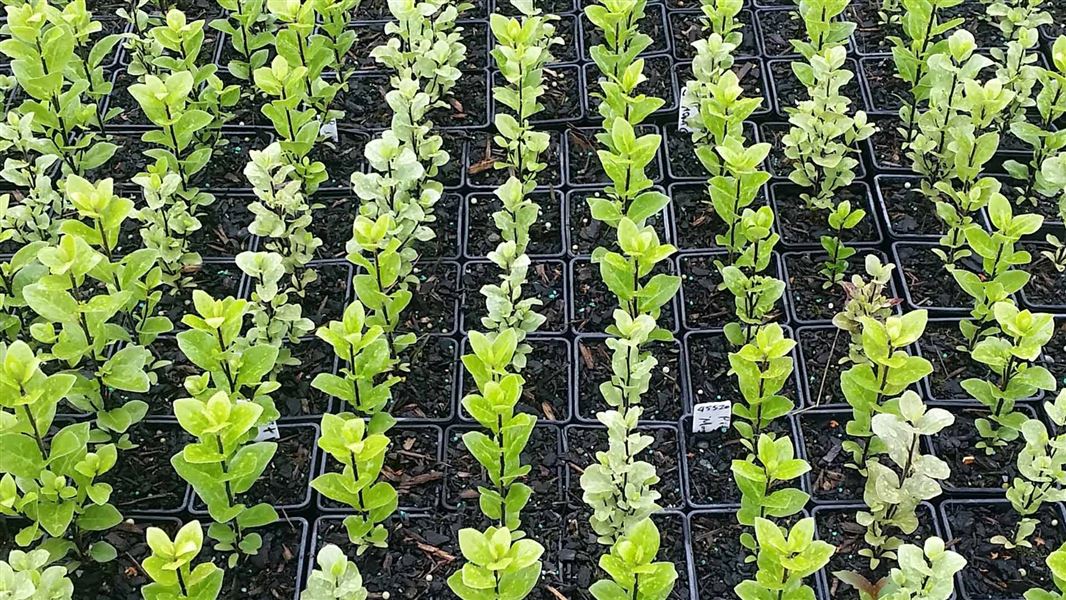Resource centre currently closed
We are not open for over the counter sales. We are taking orders for 2025 and 2026.
Motukārara Conservation Nursery and resource centre has established itself as a 'centre of excellence' for restoration in Canterbury. It grows Canterbury plants exclusively, with an emphasis on provenance.
The nursery propagates between 120,000 and 160,000 plants each year, most of which are pre-sold for restoration projects. The nursery aims to increase understanding of eco-sourcing, ecological restoration and protection.
Plant lists and order forms
Plant availability is based on seed collected. If you would like something uncommon please get in touch with us early to ensure we have time to collect the best seed for your location.
These price lists and order forms list the plants available for sale, prices and containers they are available in.
Plant lists
Order form
Price list from 1 July 2024
| Pot size | Excluding GST | Including GST |
|---|---|---|
| Plug (105 ml) | $2.60 | $2.99 |
| SOP/TOP/RX (0.5 L) | $4.65 | $5.35 |
| LOP (1 L) | $5.20 | $5.98 |
| Pot size | Excluding GST | Including GST |
|---|---|---|
| SOP/TOP/RX (0.5 L) | $5.20 | $5.98 |
| Pot size | Excluding GST | Including GST |
|---|---|---|
| 2 L | $13.50 | $15.53 |
| 4 L | $15.00 | $17.25 |
Conditions of sale
The plants for sale have been selected to be of merchantable quality and true to name and description, but any expressed or implied conditions, statement or warranty in this respect is hereby excluded.
All plants were propagated at our nursery. They are sold as long as stocks last. They are subject to shortages caused by circumstances beyond our control. We will confirm their availability.
Orders must be followed by a deposit of 25% of the total value, with the balance payable on the collection of the plants.
No cancellations can be accepted after receipt and confirmation of your order. Plants can also be bought directly from our nursery (Eftpos and credit card facilities available).
Minimum mail/freight order is $50. Freight is paid by the purchaser. All goods are despatched at the purchaser’s risk. We accept orders by phone, in writing or email.
Propagation
The nursery grows Canterbury plants exclusively. Seed is collected from native plants natural to different ecological areas. The seed harvest (from January to the end of June) is done in relation to restoration projects, threatened plant programmes and sales demand. Over 120 different species are collected from some 20 ecological sites.
Seeds are sown until September and propagated until the end of December. From January to April the seedlings are conditioned for the autumn or spring planting. Most of the production is on a yearly cycle, but some will take two to three years. Most of the plants produced are grown in small pots or RX pots.
Nursery gardens
There is a nursery, display garden, ethno-botanical garden, and a resource centre.
The display garden in front of the nursery is open 24 hours and is planted with representative plantings of local plant associations found in wetlands, coastal areas and Banks Peninsula. It also has a collection of threatened plants and plants of cultural significance.
The ethno-botanical garden Nga Tipu Whakaoranga o Tutekawa has been developed as a living learning toolkit. From the time they first arrived in Aotearoa/New Zealand, Māori people depended on native plants for the necessities of life - food, firewood, shelter, clothing, and medicine. Nga Tipu Whakaoranga o Tutekawa celebrates the bonds between people and plants.
Contact
DOC Customer Service Centre
| Phone: | 0800 275 362 |
| Email: | motukarara@doc.govt.nz |
